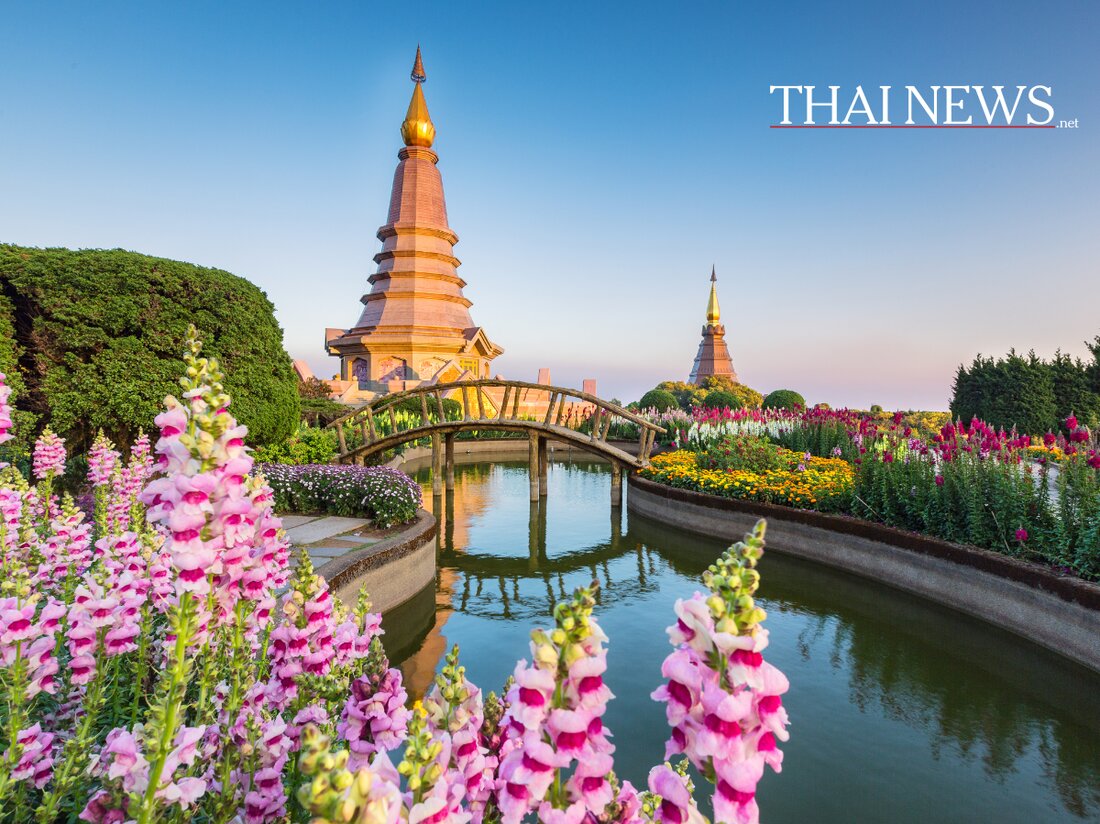Treasure under the Buddha: 1,300-year-old Dvaravati treasures discovered!
Discovery of 1,300-year-old treasure beneath a Buddha statue in northern Thailand: Dvaravati culture artifacts revealed.

Treasure under the Buddha: 1,300-year-old Dvaravati treasures discovered!
A remarkable treasure from the Dvaravati civilization has been discovered in northern Thailand, taking our country's history back 1,300 years. A 13-meter-long sandstone Buddha that had lain in the open air at Wat Thammachak Semaram for more than a millennium was uncovered during routine drainage work in Nakhon Ratchasima province's Sung Noen district. During this work, workers found a ceramic vessel containing 33 ornate objects, including gold rings, silver earrings and bronze bracelets. These finds date from the heyday of the Dvaravati civilization, which flourished in central Thailand between the 6th and 11th centuries.
The discovery, which required a full excavation, has brought to light not only jewelry but also ritual objects. A special piece is a gold plaque measuring 8 x 12.5 cm depicting a seated Buddha - a notable early exampleTheravāda Buddhist art. Another plaque, made from a tin-lead alloy, shows a standing Buddha flanked by figures, including Brahma. A compressed bundle of heavily corroded metal plates was also found under the Buddha's head, indicating a ceremonial function. All of these finds show strong stylistic parallels to already known Dvaravati objects.
A look at the Dvaravati civilization
What makes the Dvaravati civilization so special? This culture, which peaked between the 7th and 9th centuries, is marked by Indian influences and played an important role in introducing Buddhism and Buddhist art to the region. Dvaravati, whose kingdom existed from about 600 to 1100 AD, was a medieval Mon state system that also sent the first embassies to the Chinese court and was a center for religious exchange. The first Dvaravati cities such as U Thong, Nakhon Pathom and Si Thep are still of great importance for Thai culture and history today.
In the Buddhist tradition, statues are viewed as sacred mediators, and the embedding of offerings, as seen in this discovery, is a ritual act of consecration. These practices are not only limited to Thailand but were also found at other ancient religious sites in Southeast Asia. Overall, the discovery at Nakhon Ratchasima not only offers a fascinating insight into the Dvaravati civilization, but can also contribute to a better understanding of the regional trade routes, religious exchanges and early Thai craftsmanship.
Currently all artifacts found are in the Phimai National Museum preserved and analyzed, with teams from Silpakorn University and Chiang Mai University working closely with the Department of Fine Arts. With a provenance dated to the late 7th century AD, these finds provide numerous starting points for future research and discussions about the Dvaravati culture and its ongoing influence on Thai identity.

 Suche
Suche
 Mein Konto
Mein Konto
